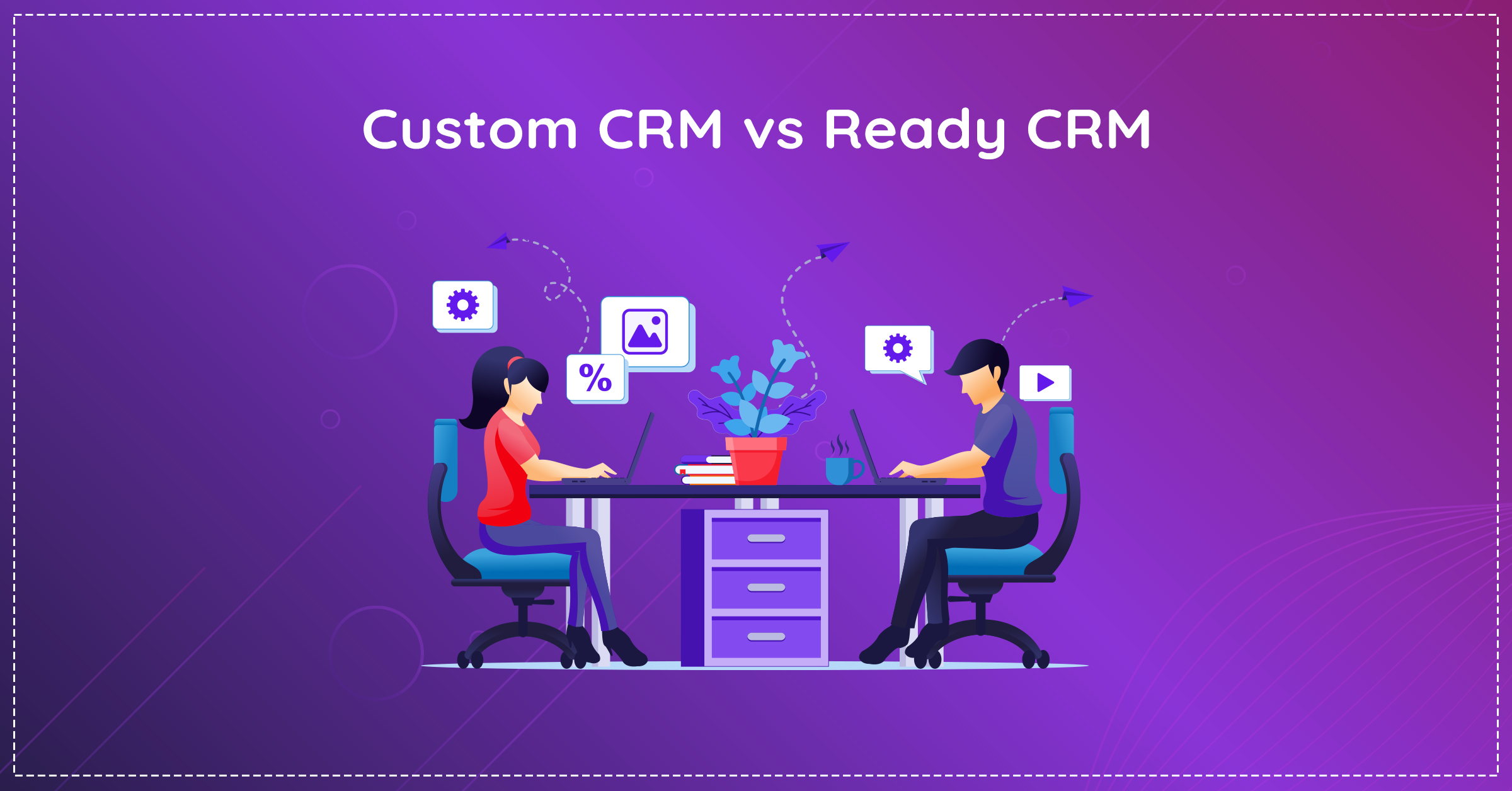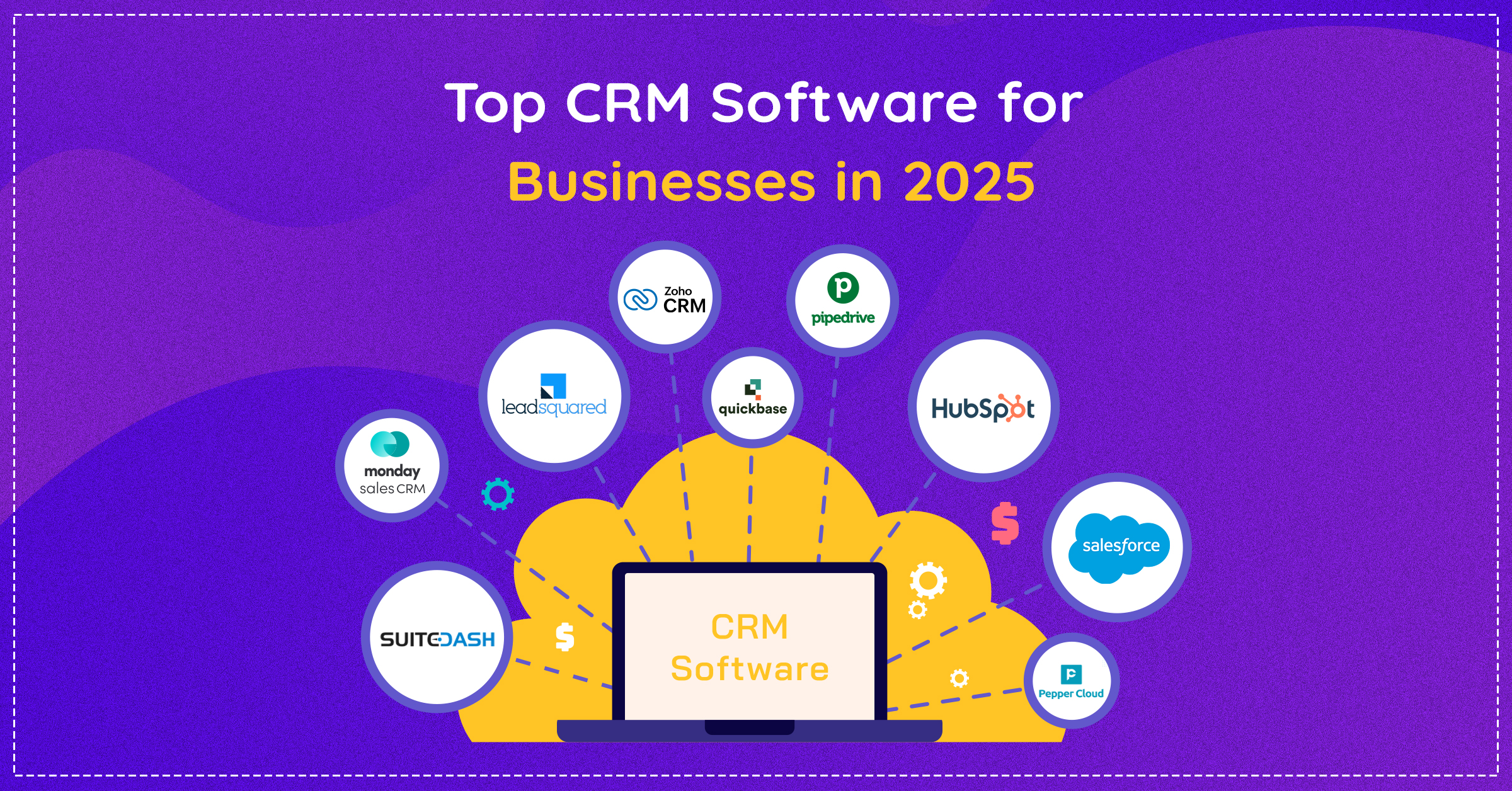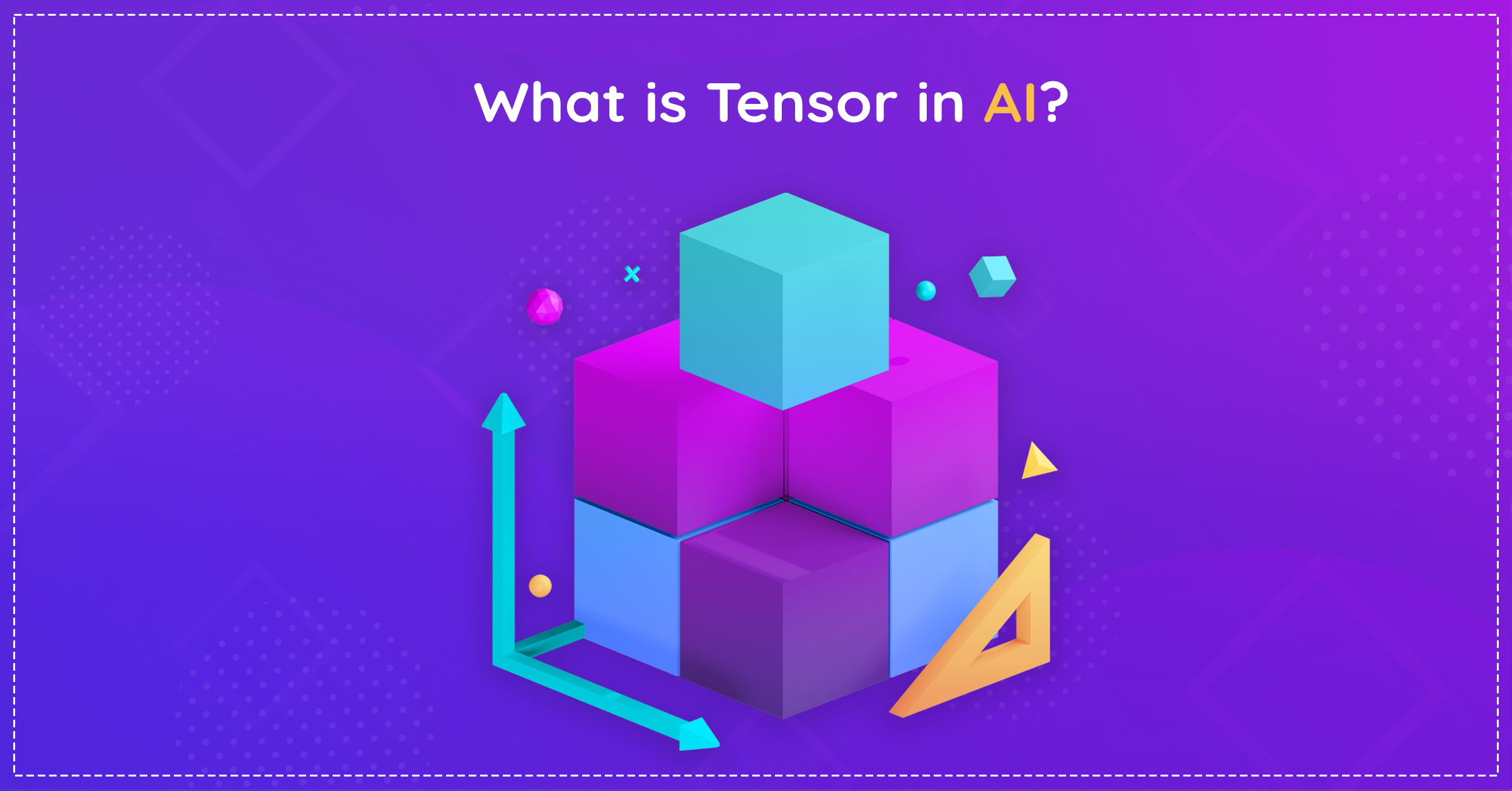Apple’s App Store leads in earnings. Let’s explore why iOS apps outperform Android in revenue.
Let’s Begin!
The author of this blog, Mubasshir Pawle, is an expert writer in the field of technology. He has done extensive research to bring the facts about iOS Apps to help readers understand them better.
The mobile applications market is led by two players: Android and iOS. Android dominates the global smartphone market with around 72% market share, while iOS (Apple’s operating system) holds roughly 28%. Although Android occupies a larger percentage of the market around the world, the revenue generated by iOS apps is still much higher. This explains why many businesses and developers prefer iOS app development, as there is more money to be made through purchases, subscriptions, and premium apps.
Every developer and business needs to appreciate the difference in mobile app monetisation strategies between iOS and Android. This article seeks to unravel the reasons behind the greater earnings from iOS applications, the impact of user behaviour on app revenue, and the impact of different monetisation approaches on profitability.
Why iOS Apps Earn More Revenue
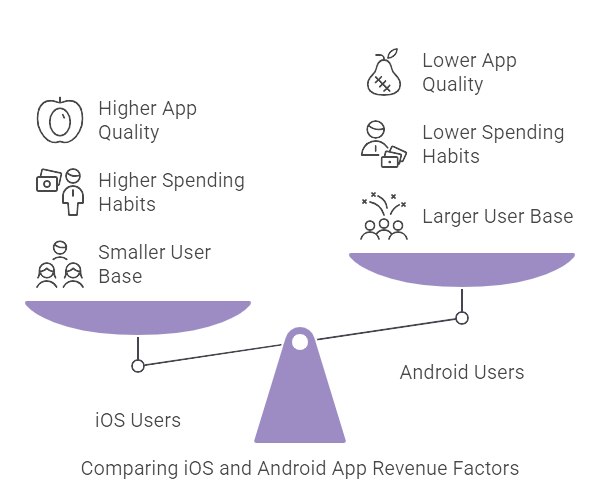
Despite Android having a larger user base, iOS users globally tend to spend more on apps. The way people spend money on apps is the key reason why the revenue from iOS apps is much greater than that of Android. The ecosystem in Apple’s App Store is highly regulated, which results in the higher quality of apps and encourages trust from users.
iOS users tend to belong to higher income brackets. In the United States, Canada, and some European countries, owning an iPhone means that individuals are most likely to pay for apps, premium features, and other in-app purchases. This trend is shifting in India as well with iPhone’s increased market share as high income consumers start preferring Apple devices.
The impending revenue increase for iOS applications can also be attributed to stricter App Store regulations. For Apple, the reputation that apps are of high quality is pivotal since this guarantees that there are not many sub-par or free apps that exist solely on the basis of ad monetisation. Therefore, businesses that resort to iOS app development can shift their focus towards more lucrative monetisation strategies such as subscriptions and direct in-app purchases.
iOS vs. Android User Spending Behavior
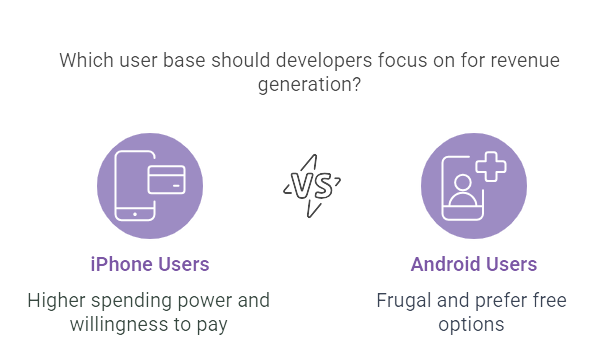
Mobile app revenue will significantly depend on user spending behaviour. iPhone users generally have greater purchasing power compared to Android users, who tend to be more frugal. iPhone users are also more willing to pay for specific apps. On the other hand, Android users tether ads to free apps, making monetisation through direct purchases rather less popular and more dependent on advertising revenue.
Surveys confirm that subscribers of Netflix, Spotify, and Apple Music are predominantly iPhone users. Besides, iPhone users spend more on gaming applications, which greatly contributes to the increased iOS revenue from gaming applications in comparison to Android.
A majority of Android users in underdeveloped economies, such as India, are on the lookout for free options. Given third-party app store support, a lot of these users resort to sideloading apps, which drastically diminishes the revenue of developers on Google Play.
Read More: Native App v/s Hybrid App
App Store vs Google Play Revenue Model
Here is a comparison of their revenue models:
Feature | Apple App Store | Google Play Store |
User Spending | Higher | Lower |
Monetisation Model | In-app purchases, subscriptions, paid apps | Mostly ad revenue, fewer paid apps |
App Approval Process | Strict, high-quality apps only | Less strict, more free apps |
Market Focus | Premium market | Wider audience, free apps preferred |
Revenue per User | Higher | Lower |
Monetisation Strategies: iOS vs Android

There is a clear difference in the monetisation strategies in regard to iOS app development as opposed to Android monetisation. iOS apps focus on In-app purchases, subscriptions, and premium downloads. Users spend more using Apple’s payment ecosystem because it is effortless to use.
Android apps rely heavily on advertisements. A lot of Android app developers tend to go down the freemium route, where an app is free to download but has paid features. However, ad revenue is much lower than direct in-app purchases or subscription revenue.
Read More: Top 11 Benefits of Having a Mobile App for Your Business
Market Share & Revenue Impact
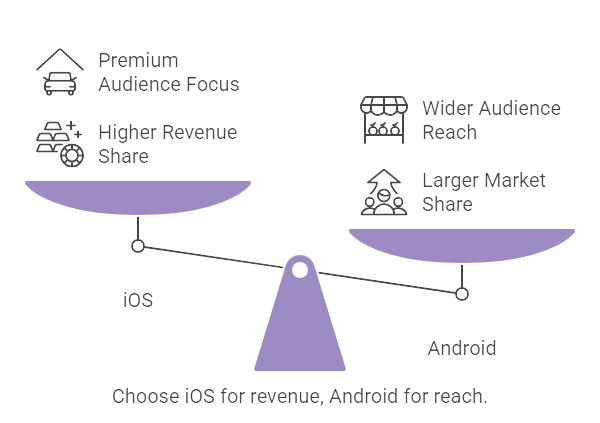
iOS brings in greater revenue even when it has a lower market share. Android has control over 70% of the international market, while iOS has more than 60% of the revenue share for apps.
Android actively prevails in India’s smartphone market, while iPhone users are from the upper classes. This indicates that companies with premium target audiences should concentrate on iOS app development to maximise revenue.
For companies and developers, the debate of iOS vs Android is settled by the target audience. If the aim is to obtain maximum revenue from the users, iOS is the right option. In case the target audience is the wider population, Android would be the better choice.
Read More: The Future of Android App Development: Trends and Technologies to watch
Conclusion
The revenue generated from iOS applications exceeds that of Android due to many reasons. This includes the spending habits of users, regulations within the App Store, and effective monetisation tactics, such as subscriptions and in-app purchases. The reigns of the market share may belong to Android. However, iOS takes the victory in revenue owing to the lavish spending habits of iPhone users, especially when it comes to apps and services.
Optimal mobile app development strategy is important to consider for businesses and developers alike. For profitability and premium users, investing in a great iOS app development service provider is crucial. Understanding app monetisation models can significantly improve the efficiencies mobile apps can bring to a business in the competitive market.
FAQs
iOS users have higher spending on apps, in-app purchases, and subscriptions as the App Store promotes high-quality apps with better monetisation strategies.
If the primary intention is targeting expenditure per user, then iOS is favourable. However, if the focus is on crowd-pulling, then Android takes the trophy.
iPhone purchases, in comparison to Android, generate more revenue since iOS users are more willing to pay for premium features.
The top earner apps on iOS are gaming applications, subscription services, and premium applications.


